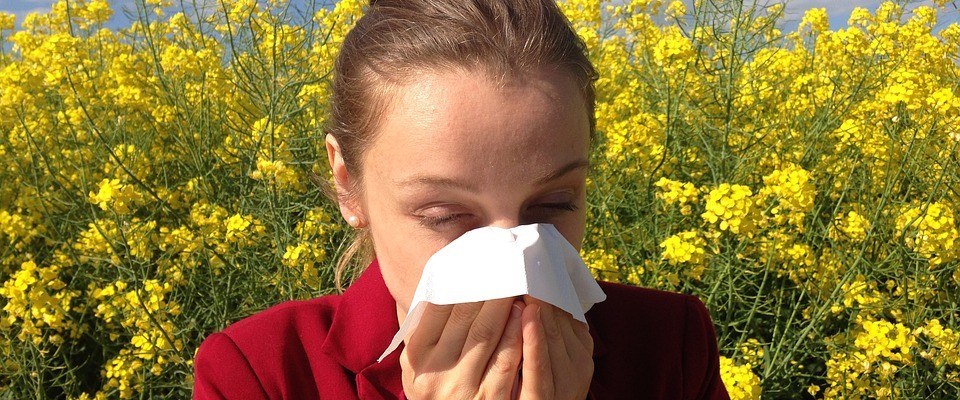|
By: Naviya Makhija
From hives to anaphylaxis to something as simple as a passing bout of sneezes, allergies are both common and annoying. In fact, they are becoming more widespread and, more disturbingly, are beginning to manifest later in life for many. As this particular aspect becomes the focus of more research, it is becoming increasingly important to return to the fundamentals: why do allergies manifest in such a seemingly random way, and, why do they occur at all? An allergy, often defined as a hypersensitive immune response, is simply the body’s response to stimuli that it deems harmful and thus attempts to reject. Each reaction is specific to the victim. What one person experiences in response to a specific stimuli, such as peanuts, may differ in form and extremity to another person. In fact, for most people, the stimulus may not have any impact whatsoever. The response is “random” in this sense: the immune system attacks agents that look similar to ones that it considers harmful, but it is still uncertain why it launches such attacks in the first place. New theories suggest that the reason for allergic reactions is to build up a protective system. In 1993, Margie Profet won the MacArthur Genius Grant for being the first person to postulate that allergies are a protective mechanism. In her view, anything from sneezing and watery eyes to nausea and vomiting can be considered the body’s attempt to combat toxins, pathogens, or even carcinogens. She highlighted more severe cases involving anaphylaxis, and noted that the resulting fall in blood pressure was a protective measure to slow toxin circulation through reduced blood flow. While not fully accepted at the time of its proposal, Profet’s theory has gained traction over the years. In 2012, researchers at Cornell University discoveredthat individuals with allergies are more resistant to certain types of cancer, yet it is still not fully understood how this incorporates Profet’s own discoveries. Profet believed that, since most of the carcinogenicmaterials were also the most allergenic, the patient would naturally avoid them due to his or her allergies. Other members of the scientific community continue to dispute this, stating that the patient would have a more hyperactive immune system due to his or her allergies and thus this system would become more adept at handling infections of all types, including those leading to cancer. Researchers at Stanford University have recently discovered that exposure to allergens, such as venom and bee stings, in mice produces a protective responsethat creates unique antibodies to counteract the original stimulus. These antibodies are memorized by the body, and should the body come into contact with that stimulus again, the reaction intensity may be diminished due to the adaptive immune response. When these same mice, initially exposed to the bee venom, were given a lethal dose three weeks later, over80 percentof them survived. This evidence indicates that the body uses allergic reactions to build up resistance to harmful threats, supporting Profet’s original postulation that allergies are fundamentally protective responses that our bodies need. It seems ironic that the purpose of allergies is to protect the body from external harm, since they are often so severe (anaphylaxis) that they end up causing more harm themselves. When the body reacts to an allergen, it releasesImmunoglobulin E—an anti-allergen antibody—and, if it is the first interaction with the stimulus, enters a process called sensitization. During this process, the body releases organic compounds such as histaminethat manifest as common allergy symptoms or, in more dangerous cases of overreaction like anaphylaxis, hives, hypotension, airway constriction, nausea, and even fainting. Perhaps, sensitization was a protective measure on its own, during a time of less-advanced medicine. With no other alternative, maybe the body’s only way of protecting itself was to asphyxiate itself so as to prevent further exposure to the allergen. With modern medicine, this seems unnecessary and destructive, and, while it can be said that the presence of allergies has severely declined as a consequence of medicine, it’s strange that many have withstood the test of time. Perhaps new research rooted in Profet’s original hypothesis can help find new treatments as the cause of allergies becomes clearer.
0 Comments
Leave a Reply. |
Categories
All
Archives
April 2024
|

